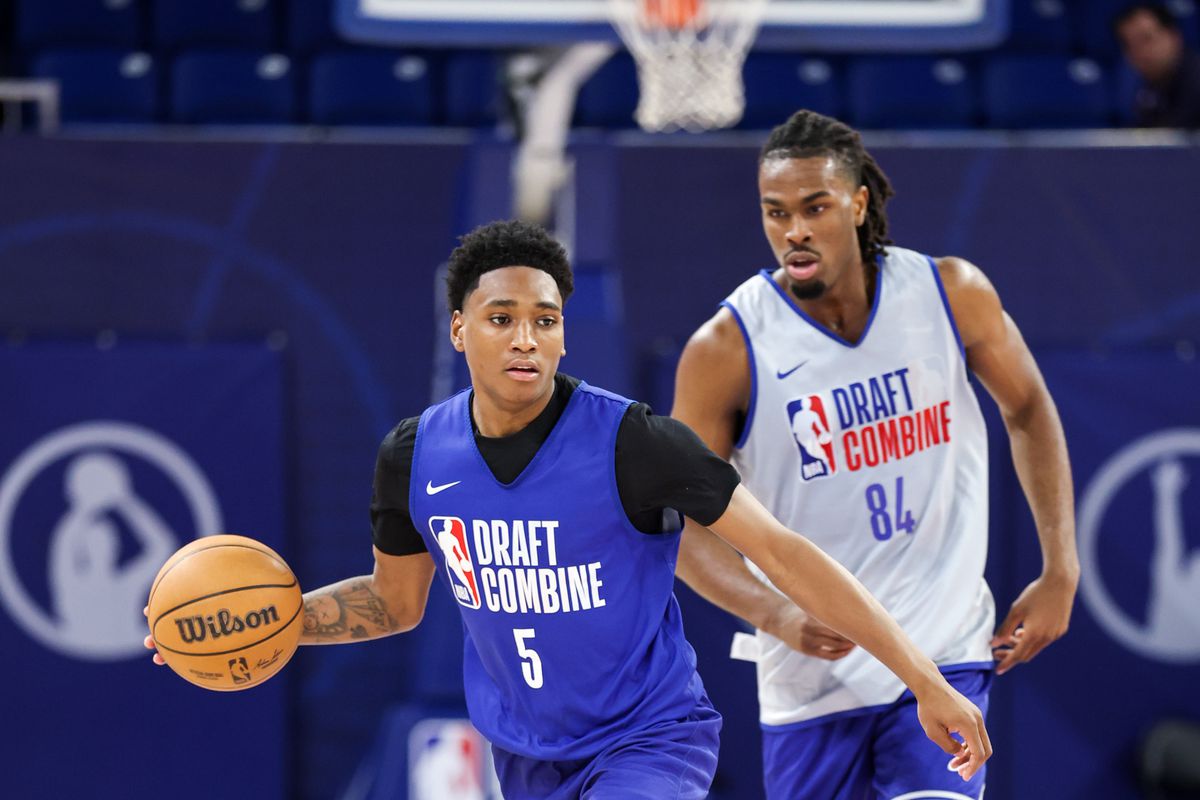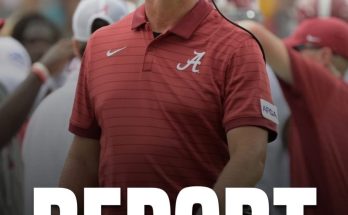The 2025 NBA Draft process has been marked by a notable trend in player withdrawals, with Florida emerging as the biggest beneficiary and Duke experiencing significant setbacks. As college basketball programs and NBA teams alike prepare for the next wave of talent entering the professional ranks, the decisions of top prospects to either remain in the draft or return to college have created a ripple effect across the sport. Understanding why Florida gained so much and why Duke suffered losses requires a deep dive into the players involved, their motivations, and what this means for both programs moving forward.
The NBA Draft withdrawal deadline is a critical juncture for college players. Many athletes initially declare for the draft to test their draft stock, gather feedback from NBA scouts, agents, and executives, and ultimately make an informed decision about whether to turn professional or return to school for another season. This process has become increasingly strategic as players try to maximize their value and readiness for the NBA. For Florida, this draft cycle has brought unexpected fortune, with multiple talented players opting to withdraw from the draft and return to Gainesville. These withdrawals have essentially bolstered the Gators’ roster, providing them with a rare opportunity to retain experienced, high-caliber talent.
Florida’s success in convincing key players to return is partly due to the program’s recent momentum and coaching stability. After a few years of rebuilding, Florida’s basketball team has developed a strong identity under its coaching staff, with a clear vision for future success. This environment is attractive for players looking to improve their game and increase their draft stock. Unlike some programs where uncertainty or coaching changes may prompt players to leave early, Florida’s supportive culture and player development reputation have encouraged prospects to keep honing their skills at the collegiate level.
Among the key Florida players who withdrew from the NBA Draft, several stand out. These players, who were projected to be second-round picks or borderline first-round candidates, chose to return in hopes of climbing higher in next year’s draft class. This decision not only boosts Florida’s competitiveness for the upcoming season but also demonstrates the trust players have in the program’s ability to prepare them for the NBA. The Gators’ roster now boasts a blend of youth and experience that could make them a formidable team in the Southeastern Conference (SEC) and beyond.
In stark contrast, Duke has found itself on the losing end of the NBA Draft withdrawal deadline. The Blue Devils, a perennial powerhouse known for producing top NBA talent, have seen a surprising number of their potential draft entrants choose to stay in the draft and move on from college basketball. This shift has raised concerns about the program’s ability to maintain its elite status in player development and recruiting. Duke’s model traditionally hinges on attracting elite one-and-done players who leap to the NBA quickly, but this year’s withdrawals tell a different story.
The reasons for Duke’s losses are multifaceted. Some players may have evaluated their draft projections and determined that entering the draft immediately was the best path to a professional career. Others may have felt that the team’s current dynamics or coaching changes influenced their decision to leave early. The Blue Devils’ inability to retain some of their top prospects suggests challenges in creating a convincing development narrative for these athletes. This situation could have long-term implications for Duke, which relies heavily on recruiting top-tier talent who see the program as a stepping stone to the NBA.
Duke’s losses are further complicated by the timing of the withdrawals. The program faces a delicate balance in rebuilding its roster while maintaining competitiveness in a crowded Atlantic Coast Conference (ACC). Losing several potential returning stars means Duke must rely more on incoming freshmen and transfers, which could lead to a transitional season with growing pains. The departure of draft-eligible players could also affect team chemistry and leadership, aspects that are critical in college basketball success.
From an NBA perspective, the withdrawal decisions by players from Florida and Duke also reflect how teams and agents are guiding young talent differently. For Florida players, the feedback they received likely indicated they would benefit from another year of development to secure a stronger draft position. Conversely, Duke players may have been encouraged to capitalize on their current draft stock, even if it means entering the league with more risks attached to their readiness. This difference in advice highlights the evolving nature of draft preparation and the personalized approach NBA teams and advisers take in evaluating prospects.
The contrasting outcomes for Florida and Duke also speak to broader trends in college basketball and the NBA draft landscape. Florida’s success at retaining talent could inspire other programs to focus more on player development, culture, and long-term growth rather than just immediate success. Meanwhile, Duke’s experience may prompt reflection on how to better support players in making the most advantageous draft decisions, whether that means staying longer or preparing more effectively for the professional leap.
Looking ahead, Florida’s decision to keep its key players will likely pay dividends on the court. The Gators now have a strong foundation to build a cohesive team with proven talent and leadership. This stability could translate into a deep postseason run and enhanced national profile. Additionally, these players will have the chance to refine their skills under the guidance of a stable coaching staff, potentially increasing their future draft value and NBA readiness.
Duke, on the other hand, faces the challenge of retooling a roster without some of its expected returnees. The Blue Devils will need to lean heavily on their recruiting prowess and player development system to remain competitive. While Duke has a storied history of success, this year’s draft withdrawals expose vulnerabilities that could affect its short-term performance. The program must adapt quickly to mitigate the impact of losing experienced players and find new ways to attract and nurture NBA-caliber talent.
The NBA Draft withdrawals involving Florida and Duke also underscore the growing complexity of college basketball’s relationship with the NBA. As players become savvier about their professional options and seek to maximize their career trajectories, colleges must evolve their approaches to recruiting, development, and retention. Florida’s success in this draft cycle might become a blueprint for other programs aiming to keep star players longer. Meanwhile, Duke’s experience may lead to changes in how they counsel players about the timing of entering the draft.



